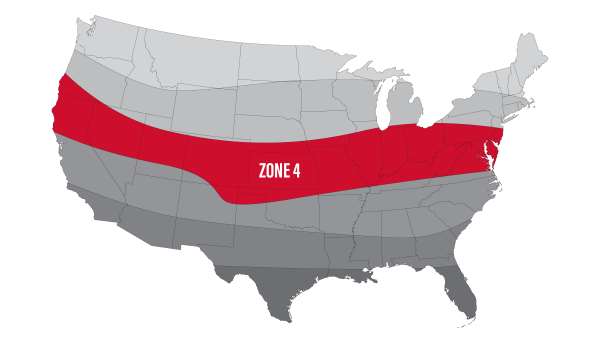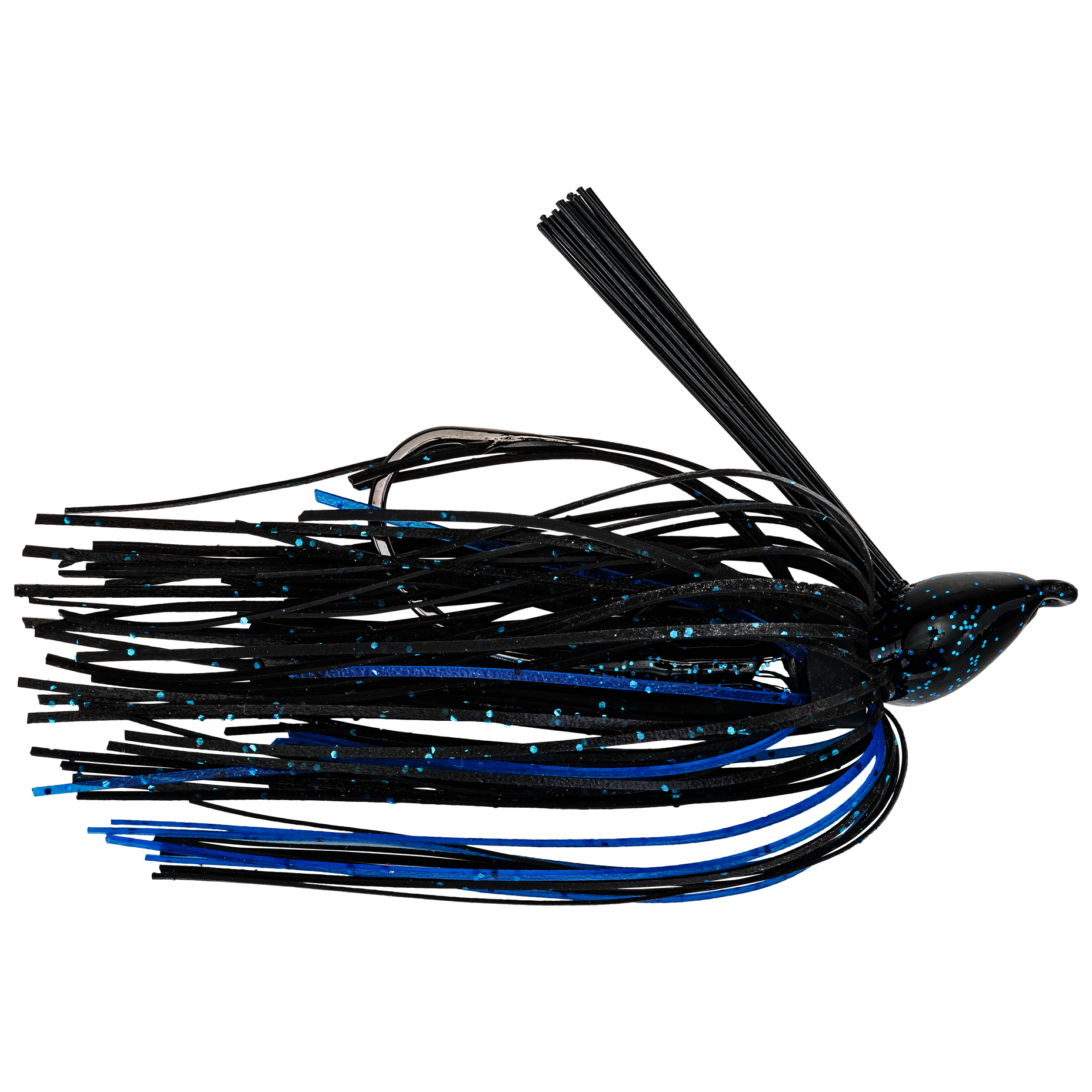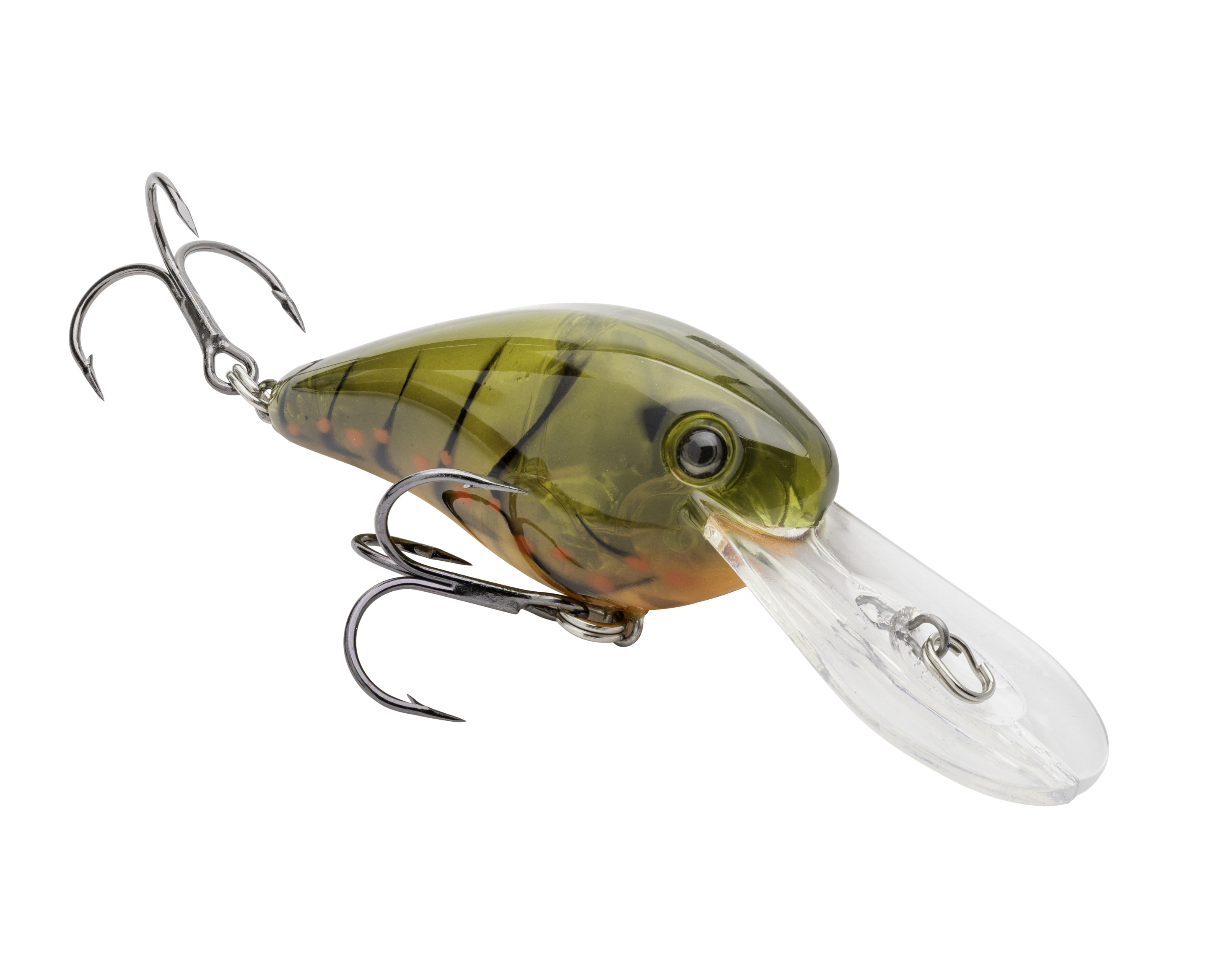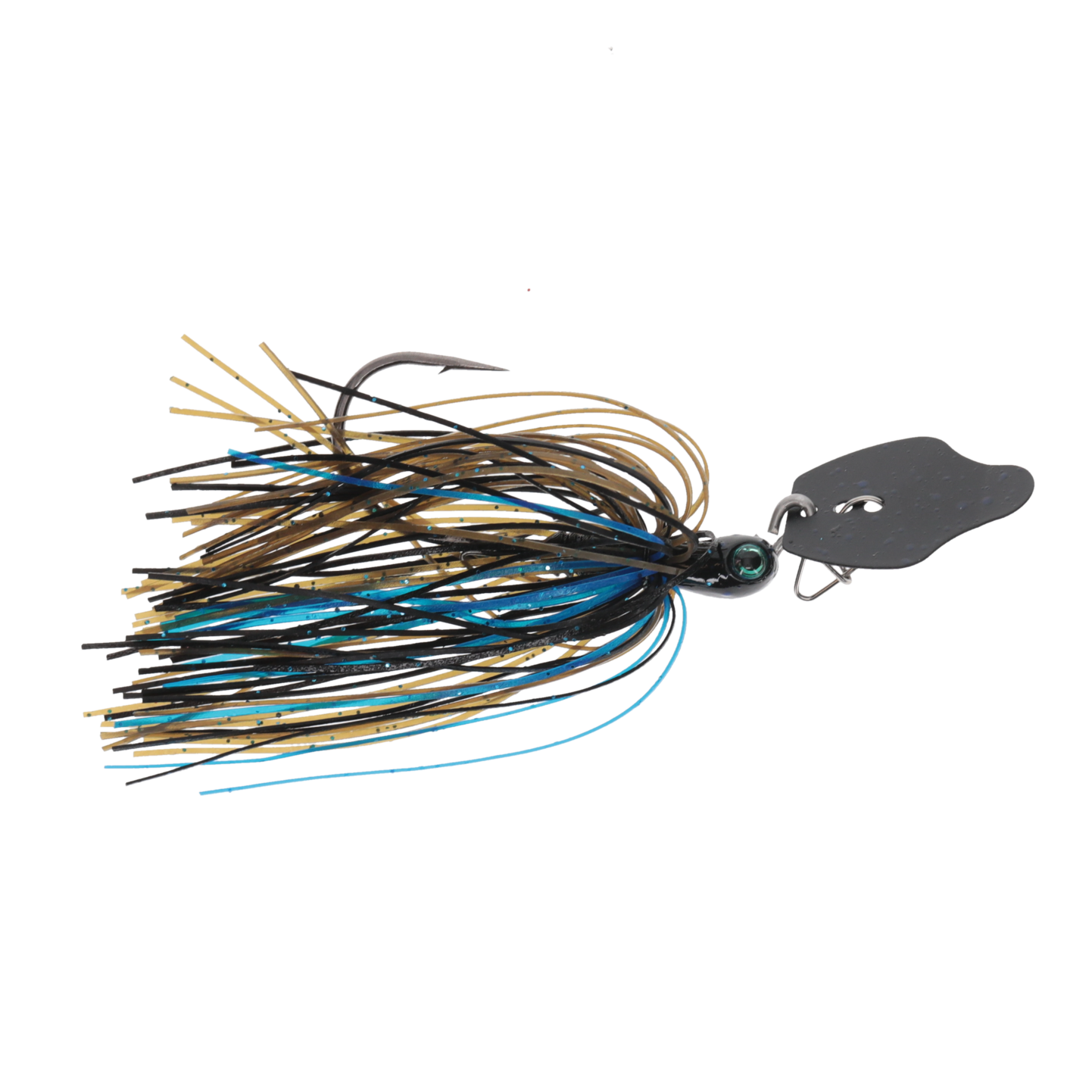
In February in Zone 4, Strike King pro Trey McKinney normally sees water temperatures still below 50 degrees. Although weather can fluctuate, he normally chooses to target deeper channel swings, vertical cover such as treetops, and laydowns on steeper rocky banks. If vegetation is present, he says that deeper grass edges will hold good quality fish in February as well. Trey noted that while shad is always a primary forage, bass seem to focus on crawfish a ton this time of year.


If the water is clear, McKinney prefers PB&J. In stained or muddy water, he switches to Black Blue.
McKinney loves the Baby Structure Jig for flipping laydowns and covering rocks on steeper banks and channel swings. He likes the slower “glide” fall and normally works the jig with a slow retrieve.

His choice for clear water is Pumpkin, while he opts for Black if the water is stained. Black Blue is his go-to in muddy conditions.
He throws the Bitsy Bug ¼ oz. jig as a more finesse approach when the bass seem to be feeding on smaller craws. He’ll throw the Bitsy Bug around rock, laydowns, and points.

He opts for Demon Craw in clear water, and switches to Phantom Watermelon Red if the water is stained. He picks up Spring Craw in muddy conditions.
McKinney will use the Gravel Dawg to cover water, especially paralleling channel swings with rock.

If the water is clear, he will throw Rayburn Red Craw, while more stained water calls for Delta Red. In muddy water, he reaches for Fire Craw.
Trey throws the ¾ oz. Red Eyed Shad around sparse vegetation and grass edges. He also prefers burning the bait back to the boat for reaction bites.

He opts for Olive Shad in clear water. If the water is stained, he will throw Bruiser, while he will switch to Fire Craw if the water is muddy.
Also, for covering water in the shallows, Trey will throw the ¾ oz Tungsten Thunder Cricket with a slow rolling retrieve.